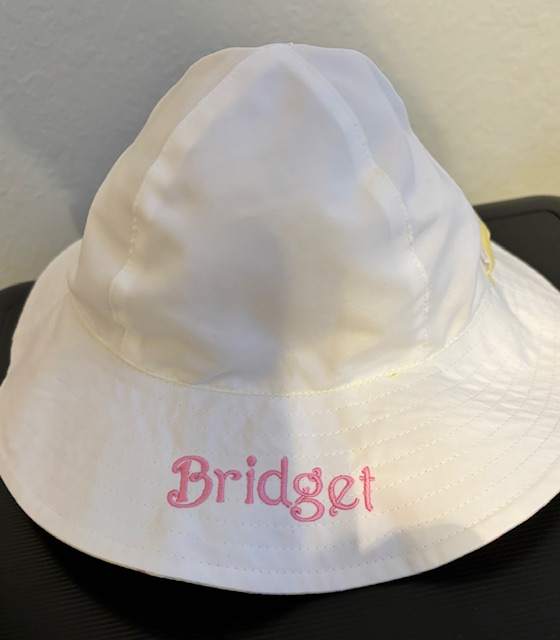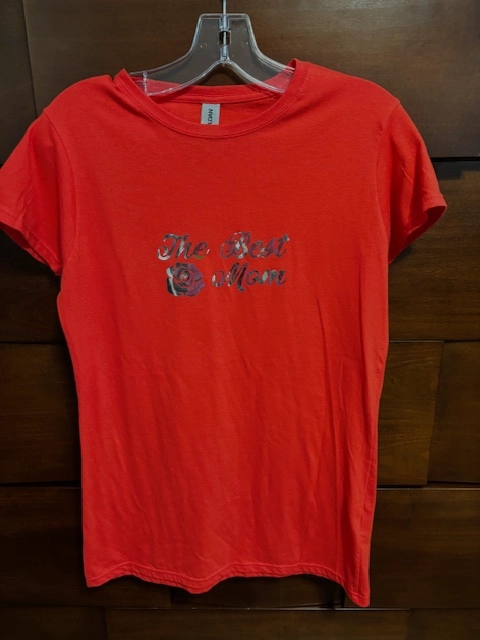The Art of Custom Needlework: Unlocking the Secrets to Creating Special and Memorable Styles
Needlework, a craft soaked in tradition and creativity, holds within its complex stitches the power to change fabric into a canvas of one-of-a-kind expression. The secrets to creating custom embroidery layouts that captivate the eye and leave a long lasting impression depend on a delicate balance of method, creative thinking, and focus to detail. As we dig right into the globe of customized needlework, we uncover the nuanced interaction in between thread choice, sew intricacy, and layout customization that boosts a plain garment to a masterpiece. Join us on a trip via the art of customized embroidery as we decipher the secrets behind crafting really extraordinary and distinct productions.
Choosing the Right Needlework Threads
When picking embroidery strings, what crucial variables should you consider to guarantee the finest outcomes for your custom styles? The choice of embroidery string is critical in identifying the final result of your embroidered style. Among the key considerations is the product of the string. Various products such as cotton, polyester, rayon, and silk offer differing degrees of shine, sturdiness, and structure. It is vital to choose a thread material that matches the material you are embroidering on and straightens with the preferred appearance of the layout.
Thicker threads can add dimension and appearance to your layout, while finer strings are perfect for intricate details and little text. Furthermore, taking into consideration the shade fastness and washability of the thread is vital to ensure that your custom-made designs keep their quality and vibrancy over time.
Exploring Different Stitch Methods
To dig into the world of 'Checking out Different Stitch Techniques', one must realize the details and subtleties that each sewing approach offers the art of embroidery. Various stitch methods not only include visual passion but additionally contribute to the overall texture and dimension of the layout. One prominent stitch method is the satin stitch, which entails very closely jam-packed parallel stitches to develop a smooth and shiny surface area, perfect for completing forms and producing bold lays out.
On the other hand, the backstitch is a functional technique usually used for laying out and adding fine information. It involves stitching backward to produce a strong line of needlework. Furthermore, the French knot stitch includes a responsive component to designs, ideal for producing distinctive accents like blossom facilities or attractive touches.
Exploring different stitch techniques enables embroiderers to play with light, darkness, and deepness within their layouts, boosting the aesthetic appeal and artistic high quality of their needlework jobs. By grasping get your suit tailored different stitching techniques, one can open limitless possibilities for producing unique and unforgettable custom needlework pieces.
Incorporating Personalized Design Aspects
Having actually explored the complexities of various stitch techniques such as the satin stitch, backstitch, and French knot, the focus currently changes towards integrating tailored style components in custom embroidery jobs. Individualized design aspects play a crucial role in making embroidery jobs genuinely special and memorable. One way to incorporate personalization is by adding initials, names, or significant dates to reference the layout. This not only adds an individualized touch yet also improves the emotional value of the embroidery piece.
An additional method to integrate customized design aspects is by including icons or concepts that hold unique meaning to the recipient or reflect their passions and character. For instance, integrating a favored flower, pet, or hobby-related symbol can make the needlework design a lot more meaningful and tailored. Additionally, picking colors that reverberate with the recipient or align with the desired theme can further improve the personalization of the needlework project.
Understanding the Art of Color Control

One key aspect of shade sychronisation is understanding shade concept. This includes recognizing just how various shades communicate with each other, the emotions they share, and how they can be combined to produce visually enticing styles. By using color concept concepts, embroiderers can create unified shade schemes that enhance the total appearance of the layout.
Furthermore, paying interest to comparison is critical in color control. Making use of contrasting shades can assist specific elements of the style pop, boost clarity, and develop a visually vibrant embroidery piece. By understanding the art of shade coordination, Visit Your URL embroiderers can boost their layouts and create unforgettable items that resonate with customers and viewers alike.
Enhancing Texture With Advanced Needlework Stitches

French knots, for instance, are best for including small, raised dots to your layout, simulating the appearance of beads or creating a distinctive surface area. Bullion knots, on the various other hand, can be used to develop twisted, ropelike elements that include a lavish feeling to the embroidery. Seed sewing entails tiny, scattered stitches that can fill out locations with a polychromatic structure, while turkey job creates cosy, dimensional accents evocative animal fur or vegetation. Try out these sophisticated needlework stitches permits you to push the limits of typical needlework and create genuinely special and aesthetically attractive structures in your designs.
Conclusion
To conclude, the art of custom-made needlework entails a mix of choosing the right threads, exploring various stitch techniques, integrating individualized design elements, mastering shade coordination, and improving texture with sophisticated stitches. By recognizing and applying these key elements, embroiderers can create one-of-a-kind and remarkable designs that display their creativity and skill. Needlework enthusiasts can open the keys to developing gorgeous and bespoke pieces that stand apart and leave a long lasting perception.